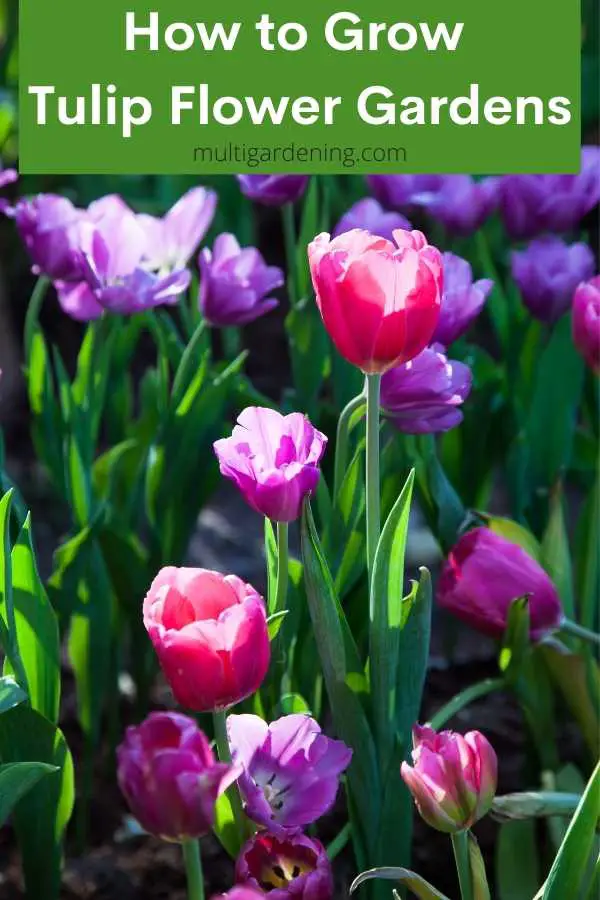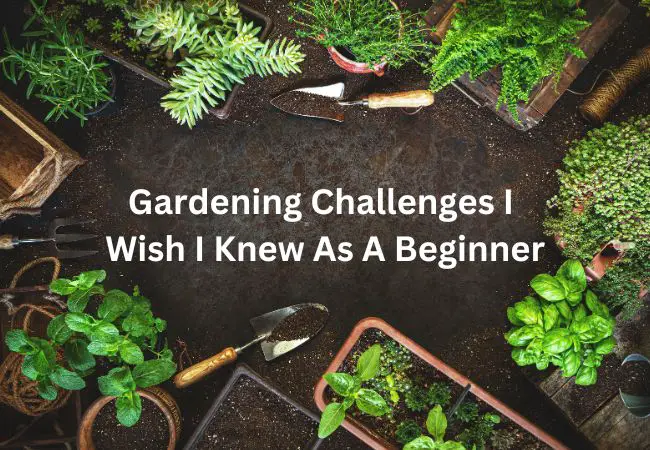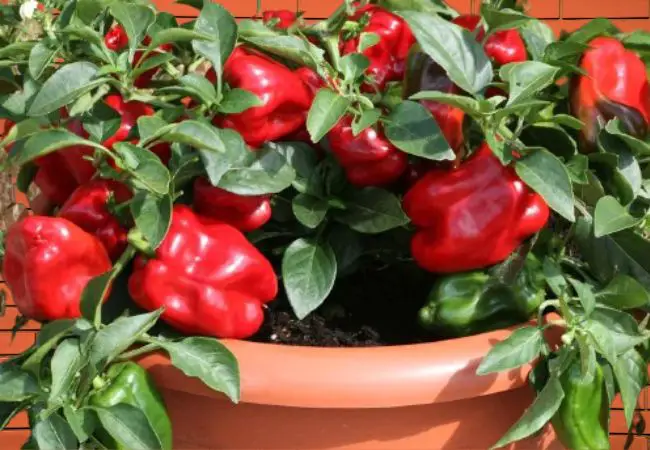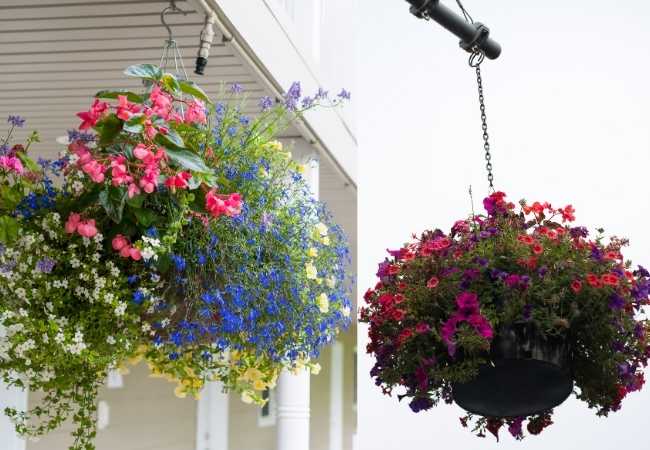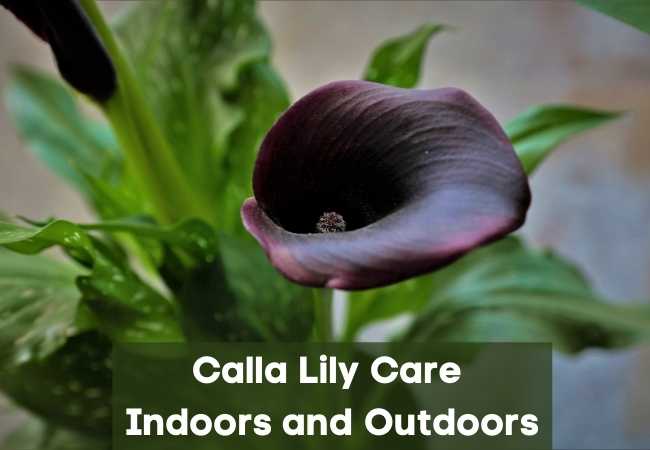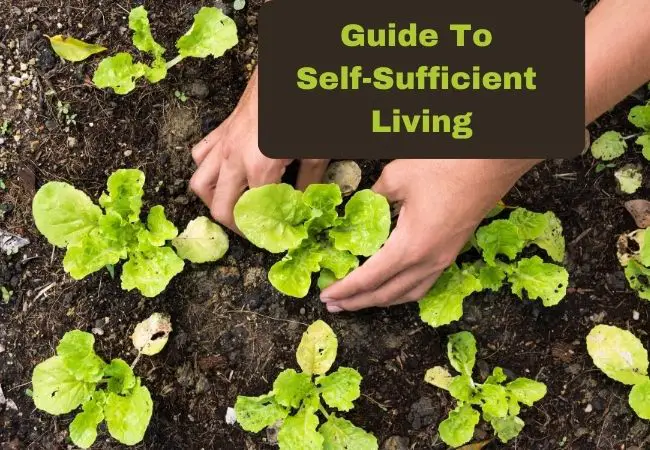How to Grow Tulip Flower Gardens
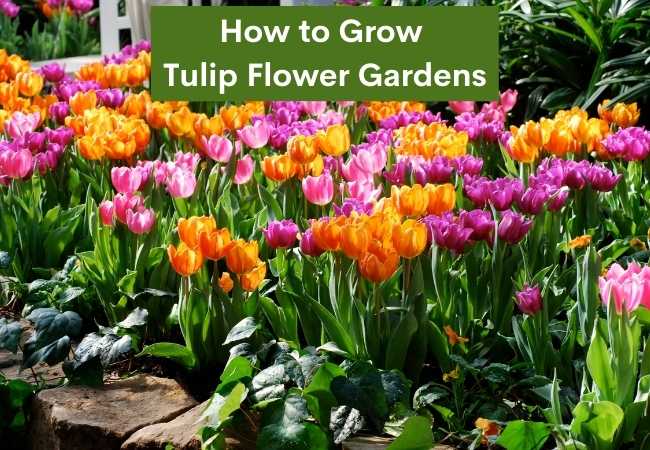
Learn how to grow Tulip flower gardens like a pro. Tulips produce beautiful cup-shaped flowers. The blooms can be found in different colors including cream, pink, white, yellow, red, and orange. These flowers are easy to grow even for beginners.
How to Grow Tulip Flower Gardens
Tulips are beautiful early spring-flowering bulbs. They are some of the most common spring color flowers together with daffodils. The flowers can be enjoyed as they grow in the garden or harvested as cut flowers.
There are many types of tulips to choose from. The most common ones include Parrot Tulips with large curly petals, Single and Double Early tulips, Single and Double Late tulips, Darwin Hybrid tulips, and Fringed tulips.
Soil
Tulip grows in moist, nutrient-rich, well-drained soils. But they can also grow in a wide range of soil types and don’t have any special soil requirements.
The flowers also prefer neutral to slightly acidic soil with a pH of about 6.5. Make sure the soil is well-dug and mixed with garden compost. It helps improve the availability of nutrients to the bulbs.
Planting
The best time to plant Tulip is during fall. The flowers are planted from bulbs. Establish the bulbs 4in to 8in. and about 2-5′ apart. To get some beautiful garden designs, plant the bulbs in clusters rather than alone.
When they bloom, the colors will be more noticeable and concentrated in groups of about the bulbs. Plant the Tulip bulbs with the tip facing upwards and cover with soil.
Tulip can either be grown as perennials or as annuals depending on the variety and the zone you are growing them.
Most hybrid varieties are grown as annuals. After the flowers have finished blooming, you dig the bulbs up and discard them. You can plant some summer flowers in the same location.
They are also grown as annuals by gardeners living in warmer climates who have to buy new chilled bulbs every season.
Tulip Container Gardening
Choose large containers for planting Tulip bulbs. The plants are large and will do well in large pots where they have room to grow. Your container should be at least 15 inches wide in diameter.
Also, ensure the pot has good drainage to avoid the plant from sitting in water. As noted above, ensure the soil is mixed with organic material to make it nutrient-rich.
Dig holes in the pot and plant your bulbs and water them. Place the pot in a location where the arrangement will receive sufficient light.
Fertilizing
Fertilizing Tulip is necessary when establishing them the first time. Add the granular, or compost fertilizer to the planting hole. These provide the necessary nutrient for the bulbs as they grow.
Fertilizing in between the season is not necessary and the Tulips will grow and flower without any more fertilizer.
You should also fertilize the beginning of the next season if you’re growing them as perennials. Once they sprout again, fertilize them to support the new growth.
Light
The Tulips do well when grown in full sun. However, they will survive in a shaded location. Best flowering will occur in direct sunlight especially when coupled with organically rich and well-drained soils.
When grown in hotter climates, they will also do well in partial shade.
Temperature
Tulips do well in regions with cool winters and warm summers. If you’re growing them in warm areas that don’t experience low temperatures of below 55 0 F, the tulips will not bloom. You will be required to grow them as annuals in these warm locations.
They also thrive when planted in dry areas with low humidity levels. If you are growing them in a location with high humidity, you might experience bulbs rotting due to lots of rain.
Watering
You must provide you with newly planted tulip bulbs with water. However, don’t keep the soil soggy to avoid bulb rot. After that only water them when the soil is dry.
If you growing them in a region that is getting enough rain, there is no need to water them. In comparatively drier areas, Tulip needs to be watered once or twice every two weeks to appear at their best.
Container grown Tulips may require to be watered more frequently compared to those planted directly in the ground.
Pests/Diseases
Tulip bulbs sprouts are frequently eaten by rodents, squirrels, and deer when grown directly in the ground. It’s advisable to plant your tulips in a protected area or plant them in containers if this becomes too much of a problem in your area.
Tulip bulbs can also be affected by Fire Fungus or Basal Rot. Infected bulbs produce deformed and stunted plants. It’s advisable to discard infected bulbs and just get new healthy ones rather than try to treat them with fungicides.
Overwintering Tulip Bulbs
Tulip bulbs need to be overwintered indoors when grown as perennials. After flowering, dig up the bulbs clumps and store them in containers filled with vermiculite or peat. Ensure that the temperature in the containers stays below 550 F for at least 12-14 weeks.
If you were growing your Tulip in pots, cut them back and bring the pots indoors. You should also spray the pots with water once in a while to prevent the soil from drying out completely.
However, don’t water regularly or heavily. Avoid the soil from being consistently damp as it will cause the bulbs to rot.
Propagation
The easiest method to propagate Tulip is by dividing bulbs. During fall planting time is the best time to split the bulbs.
Dig up the bulbs and expose the joints. Make clean cuts at the joints ensuring that each of the segments has one or more eyes. You can get several offsets from one mother bulbs depending on how large it is.
Plant the offsets about 5 inches deep and take care of them as you would with normal bulbs.
Related Posts:
Final Thoughts
There are many varieties of Tulip to choose from. You can select tulips depending on the size and color of the flowers. I like to try different types every season, you can too if you like experimenting.
Please share this post on how to grow Tulip flower gardens. Also, follow me on Pinterest if you would like to get more posts on different types of flowers.
